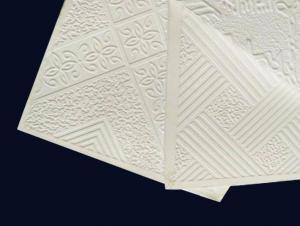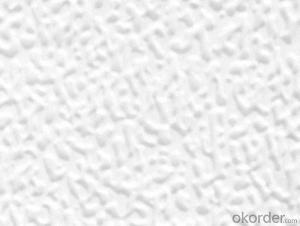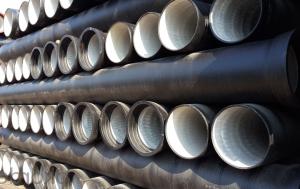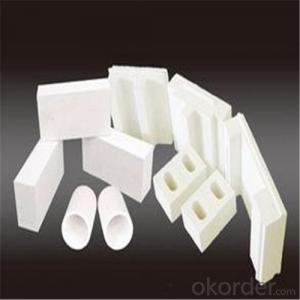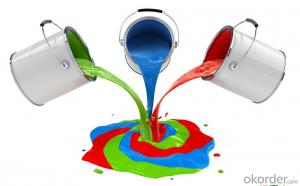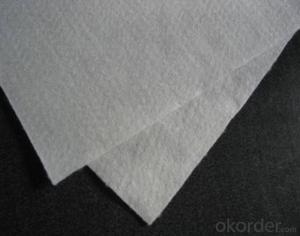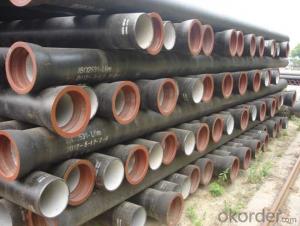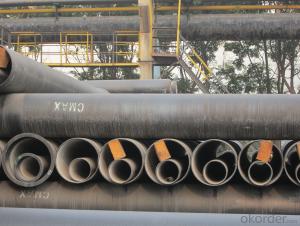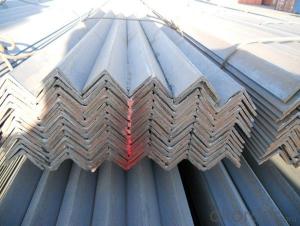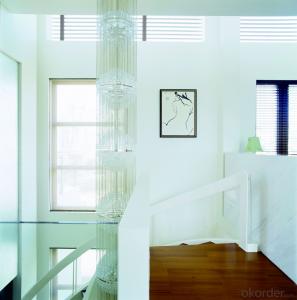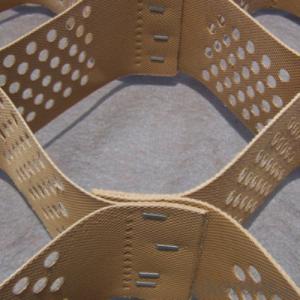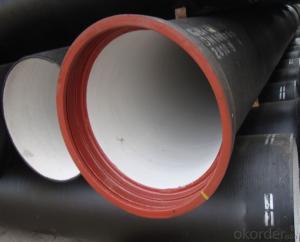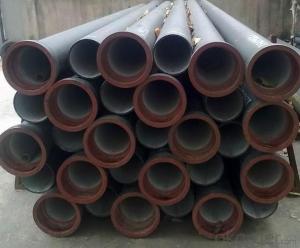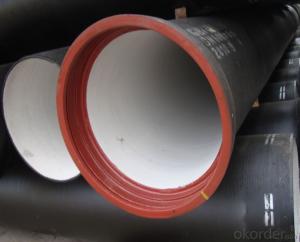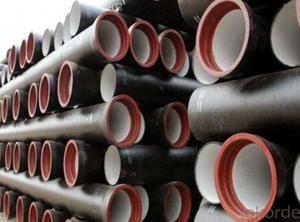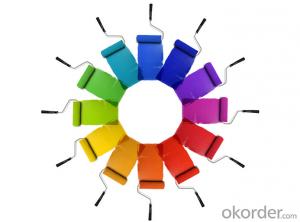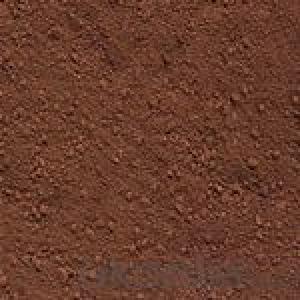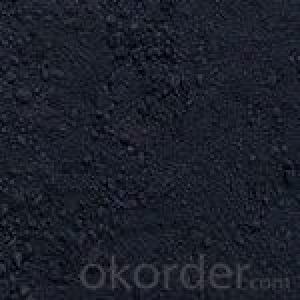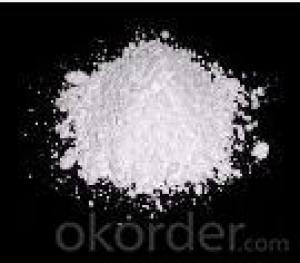Chemistry Of Paint Pigments
Chemistry Of Paint Pigments Related Searches
Shiny Or Dull Side Of Aluminum Foil For Cooking Inverter For 100w Solar Panel Solar Panel Inverter For Rv Pvc Tiles For Walls Wall Lights For Bedrooms Inverter Ac With Solar Panel Solar Panel With Inverter Kit Solar Panel Kits With Inverter Solar Panel With Inverter Direct Roving For PultrusionHot Searches
Type Of Inverter For Solar Price Of Shipping Containers For Sale Types Of Inverter For Solar Used Sandwich Panel For Sale Bags Of Cement For Sale Pvc Chairs For Sale Tilt Panel Props For Sale Types Of Temporary Side Panels For Cement Deck Cost Of Awnings For Decks Type Of Scaffolding With Pdf Price Of Scrap Stainless Steel Price Of Stainless Steel Scrap Price Of Stainless Steel Type Of Stainless Steel Types Of Stainless Steel Grades Types Of Stainless Steel China Aluminum Coil Factory pvc pipe manufacturers in usa Sandwich Panel Price In India Aluminum Corp Of China StockChemistry Of Paint Pigments Supplier & Manufacturer from China
Okorder.com is a professional Chemistry Of Paint Pigments supplier & manufacturer, offers integrated one-stop services including real-time quoting and online cargo tracking. We are funded by CNBM Group, a Fortune 500 enterprise and the largest Chemistry Of Paint Pigments firm in China.Hot Products
FAQ
- Is gel food coloring a pigment or a dye?
- Dyes contain pigments, my friend. What is a pigment? They are like little beads. Very very tiny beads of the same color. Then if you spread these out, they give the thing a color. For example, the little green beads in leaves give it a green color. Pigment in our hair gives it a blonde/auburn/brown/black color. What is a dye? A dye is a liquid made up of water and pigments. The pigments are dissolved in water (well not really dissolve just that you cant see the beads) so that it's easier for us to use it. Everything that has a color is made up of pigments. So, gel food coloring is a thicker version of a dye that contains pigments.
- A.catalyzes chemical reactions.B.absorbs light.C.transports materials.D nverts energy to light.E s energy.
- In biology, a pigment is any colored material of plant or animal cells. Many biological structures, such as skin, eyes, fur and hair contain pigments (such as melanin) in specialized cells called chromatophores. Many conditions affect the levels or nature of pigments in plant, animal, some protista, or fungus cells. For instance, Albinism is a disorder affecting the level of melanin production in animals. Pigment color differs from structural color in that it is the same for all viewing angles, whereas structural color is the result of selective reflection or iridescence, usually because of multilayer structures. For example, butterfly wings typically contain structural color, although many butterflies have cells that contain pigment as well. So pigment reflects color and absorbs light.
- what is the pigment in hibiscus?
- Hibiscus flowers bear pigments of three types: carotenoids, anthocyanins, and flavonols. The exact pigments (all three of those types are actually sizeable families of similar chemicals) and the exact proportions depend on the color of the particular flower: there are literally several hundred species in the genus Hibiscus, and they come in all shades of red, pink, yellow, and orange. Carotenoids are oil-soluble, fairly stable pigments that come in all shades of red, orange, and yellow. Anthocyanins are water-soluble and significantly less stable: they're responsible for the blues, pinks, purples, and reds, and in high concentrations can produce colors so dark as to look black. Flavonols are the least vivid of the pigments: they produce pale pastel yellows, cream colors, and off-whites. (Plain white flowers usually have no visible pigment at all.) Flavonols actually do most of their color absorption in the UV spectrum: they're the plant equivalent of the melanin in human skin, keeping them from getting sunburnt.
- What are iridescent magnetic effect pigments?
- Iridescent okorder /... (really long explanation)
- Please and thank you, it doesn't say so on the website.
- Mac Pigment Ingredients
- what are the accessory pigments in plant photosynthesis?
- Accessory Pigments In Photosynthesis
- Why is it important for a plant to have more pigments than just chlorophyll?
- If the plant only has chlorophyll, it is only able to absorb and use the wavelengths of light that correspond to chlorophyll, which is really limiting. Having other pigments allows it to use more wavelengths of light, which is more efficient.
- I have bought 2 Mac Pigment to use as eyeshadow,I thought it was supposed to be easy to use,turned out it wasn't.My eye looked like I got hit, so messy and the pigment was all over the place. I wonder if i should wet my brush or do u have some kind of tricks before applying it.Any advice would be appreciated.Thanks for helping.
- apply it carefully with the brush...if it loks to bad you can go back to the store to help you..they always help me there;)








